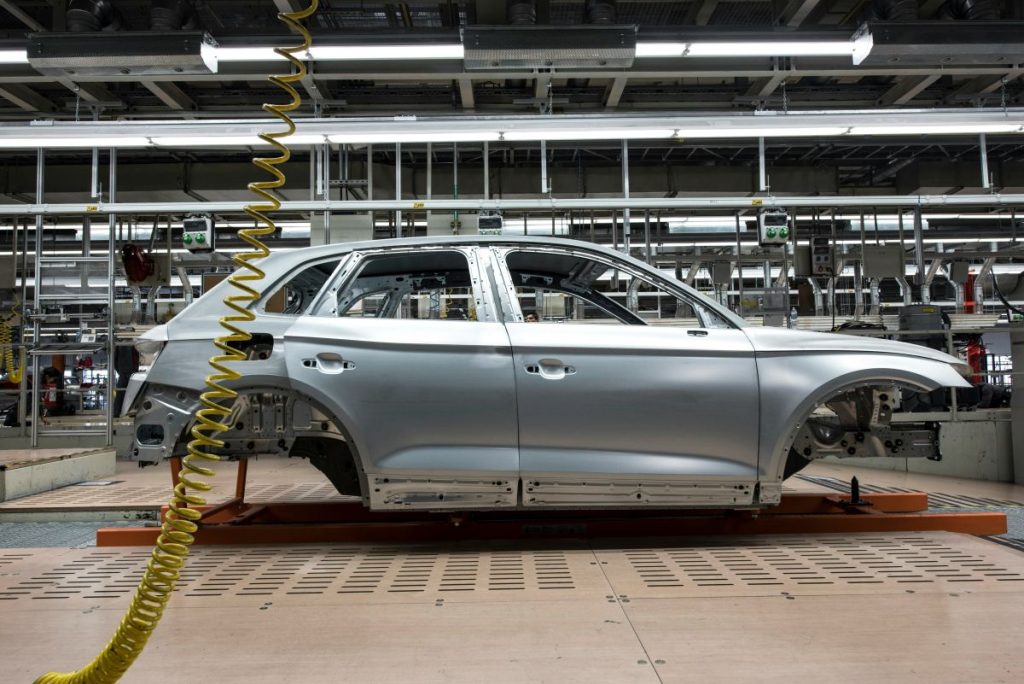Amidst the Trump administration’s recent imposition of a 25% tariff on steel and aluminum, industry experts predict increased domestic prices and production capacity, though significant job creation remains unlikely.
Tariff Impact on Production and Prices
President Donald Trump’s aggressive tariff policy on steel and aluminum imports, set at 25% without exemptions, is poised to shake up the manufacturing sector. As these tariffs layer over existing duties, the ramifications for supply costs and operational dynamics are substantial. Industry analysts suggest that manufacturers reliant on foreign steel, which accounted for about 23% of last year’s steel consumption, may soon pivot to domestic suppliers. This shift could inflate domestic steel prices and encourage steelmakers to expand their production capabilities to meet the growing demand.
Challenging Job Growth Expectations
Despite a potential surge in demand for domestic steel spurred by the new tariffs, significant job growth within the U.S. steel sector is not anticipated. Historical data indicates a long-term decline in steel manufacturing employment, with current figures a fraction of their peak decades ago. While some job opportunities may arise—such as the expected addition of 50 workers at Greenwave Technology Solutions due to increased demand—the overall employment landscape in steel production is unlikely to see substantial growth.
Sector-Specific Fallout and Resilience Planning
The reaction to the tariff announcement has been mixed, with some industry leaders praising the move as a leveling mechanism for American manufacturers against unfair global competition. Conversely, others express deep concerns about the potential disruptions to supply chains and increased production costs, which could escalate by up to 7%. Companies are advised to strategize around these new tariffs by seeking alternative suppliers and incorporating more flexibility into their supply chain management and pricing strategies to mitigate adverse effects.
So far, what we are seeing is a lot of cost and a lot of chaos,” stated Ford CEO Jim Farley, expressing concerns over the impact of President Donald Trump’s 25% tariffs on steel and aluminum imports. Farley warned that such tariffs could “blow a hole in the U.S. industry that we have never seen,” highlighting the severe implications for major U.S. manufacturers like Ford.
Economic Implications and Industry Response
The new steel and aluminum tariffs aim to stabilize the U.S. steel industry and curb unfair trade practices, yet the broader impact on the manufacturing landscape is nuanced. While prices and production capacity may benefit, the boost to employment and the overall economic implications require careful navigation by industry stakeholders. As the global trade environment reacts, the strategic decisions made now could define the future resilience and competitiveness of U.S. manufacturing sectors.








